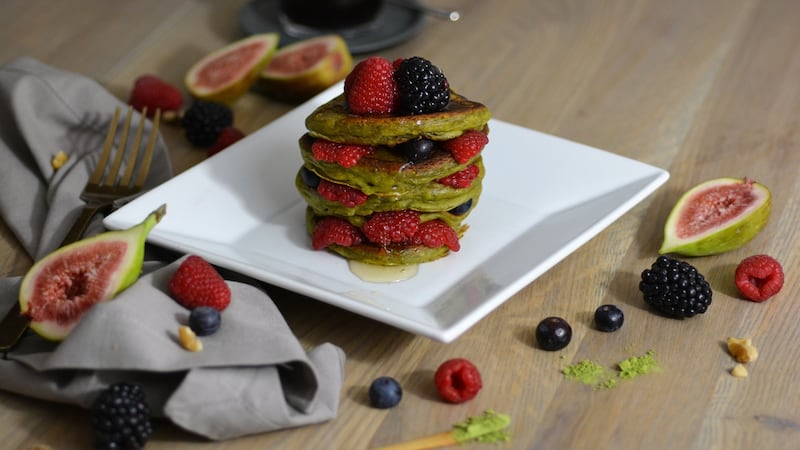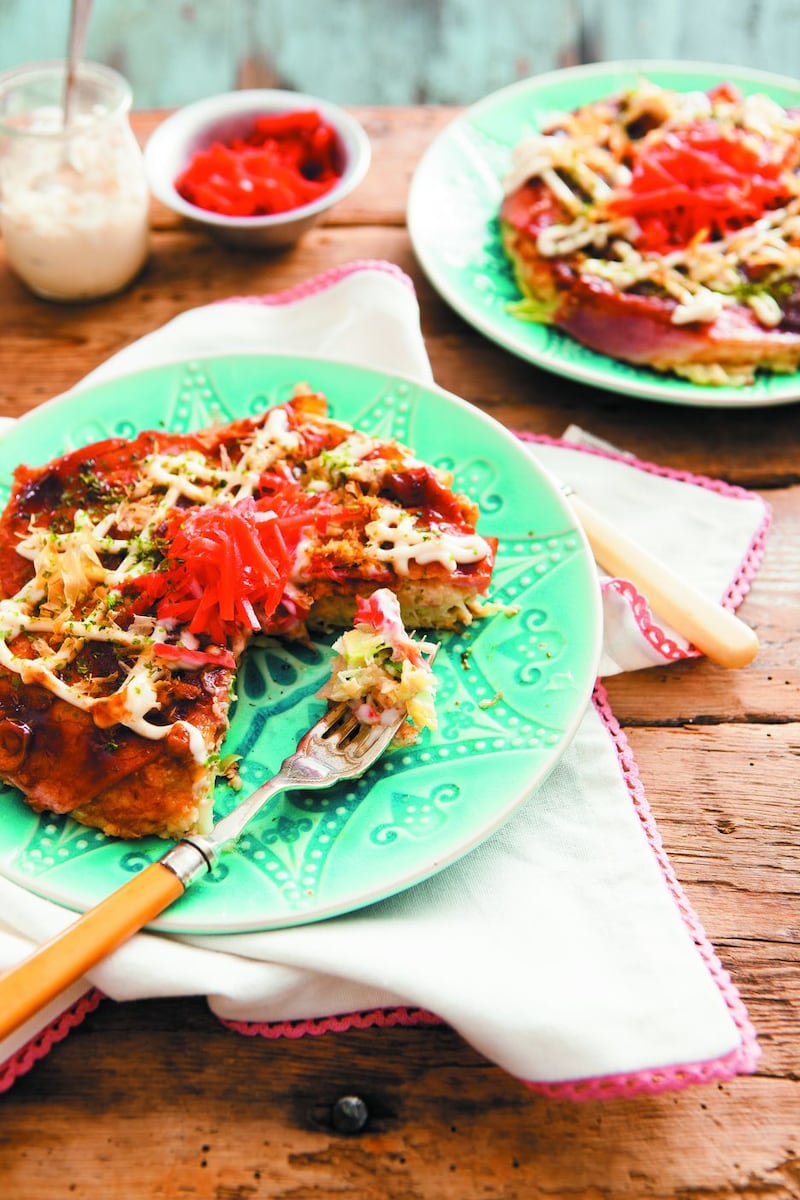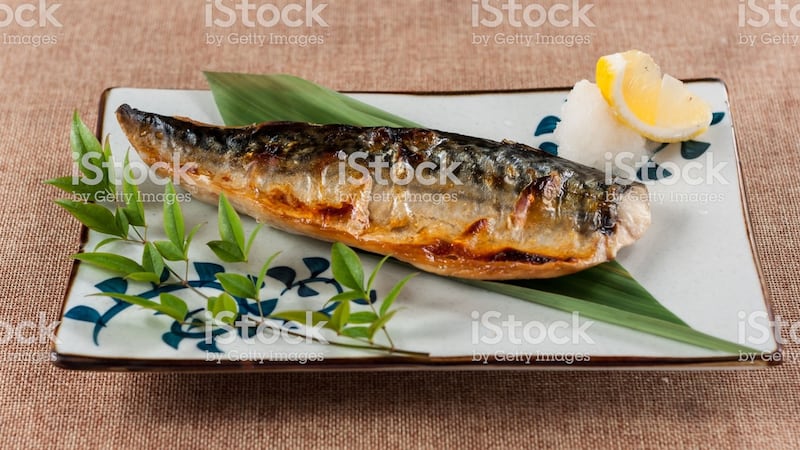When the Irish rugby team were preparing to travel to Japan for the World Cup, they called on Irishwoman Fiona Uyema, an expert that country's culture and cuisine, for help.
“I work with corporates and private groups who want to immerse themselves into Japanese culture, language and food in a fun and informative way. The event package is called The Japanese Experience, and it usually takes place at my client’s place of business, their home, or KAL at Citywest in Dublin. I hosted this event for the Irish rugby team and World Rugby staff in the Dublin office last month in advance of their trip to Japan,” she says.


Uyema's love of Japanese language, culture and cuisine began in Dublin City University where she studied Japanese and International Marketing. During her years living in Japan, she immersed herself in learning about Japanese food from families and friends, and from her now husband, Gilmar.
Uyema has written a cookbook, Japanese Food Made Easy, and the couple are co-founders of Fused, an Asian food brand with flavoured soy sauces and stir-fry sauces on sale throughout Ireland at supermarkets including Dunnes and Tesco.
Here, Uyema writes about traditional Japanese breakfasts, and has devised some recipes for a big match feast.
FISH AND RICE FOR BREAKFAST?
“Looking back, I think eating a traditional Japanese breakfast first thing in the morning was the biggest culture shock for me when I first went to Japan as a student.
I lived with a Japanese family while I was an exchange student and every morning my homestay mother would serve a traditional Japanese breakfast which consisted of miso soup, rice, grilled fish and vegetables or salad.
Sometimes leftovers from dinner were reheated and served for breakfast. I fondly remember making an Irish stew for my homestay family and waking up to the leftovers of the stew the following morning at 6am!
Traditionally in Japan, breakfast is considered one of the most important meals of the day. If you are visiting Japan as a tourist, generally the hotels will serve a traditional Japanese breakfast and also a typical continental breakfast.
When I visited Japan a few years ago with my husband and two sons, we enjoyed a traditional Japanese breakfast every morning in our hotel. It was fantastic to see my two sons embracing the culture and eating grilled salmon, rice and miso soup at 8am too. I also found that we snacked less between meals and were energised for the busy days ahead.
I wonder if the Irish rugby team and supporters will be adventurous and try a traditional Japanese breakfast – or maybe they’ll be longing for an Irish fry?”

JAPANESE MATCHA PANCAKES
Makes approximately 16 small pancakes to serve four
Ingredients
250ml buttermilk
1 egg
180g plain flour
1 tbsp matcha (green tea powder)
1 tsp baking powder
1 tsp bread soda
Vegetable oil, for frying
Mixed fresh berries and figs, to serve
Honey/ maple syrup, to garnish
Method
1. In a large bowl mix the buttermilk and egg together.
2. In another large bowl mix all the dry ingredients together (flour, matcha, baking powder and bread soda). To ensure that the matcha is evenly mixed through the flour pass through a sieve two or three times.
3. Add the dry ingredient mix to the buttermilk and egg, whisk until the batter is smooth with no lumps.
4. Add vegetable oil to a non-stick frying pan and set the heat to medium/high.
5. Using a large spoon, place one spoon of batter carefully on the frying pan.
6. Fry for one to two minutes until bubbles form on top, then flip and continue to fry on the other side for another one to two minutes.
7. Serve on a plate along with the toppings and garnish with honey or maple syrup.

OKONOMIYAKI (JAPANESE STYLE PANCAKES WITH BACON AND CABBAGE)
Serves 4 (makes two large pancakes)
Ingredients
250g Savoy cabbage, finely shredded
2 spring onions, finely cut diagonally
100g plain flour
4 eggs
200ml dashi (instant, from supermarket or oriental grocer is fine, or else just use water)
Vegetable oil
6-8 slices of bacon/rashers
For the okonomiyaki sauce:
3 tbsp tomato ketchup
4 tbsp water
3 tbsp Worcestershire sauce
1 tbsp sake or red wine
1 tbsp soy sauce
1 tsp sugar
To serve (as shown in photo):
Mayonnaise (preferably in a tube so you can decorate the top with lines)
Milled nori or dillisk seaweed
Katsuobushi (dried fish flakes, optional)
Beni shoga (pickled red ginger)
Method:
1. Put all the ingredients for the okonomiyaki sauce in a saucepan and leave to simmer for about 10 minutes until it thickens to the same consistency as tomato ketchup, then set aside and allow it to cool.
2. Place the shredded cabbage and spring onions in a large bowl and completely coat in the flour.
3. Whisk the eggs and dashi together in a jug. Pour over the cabbage and mix well together.
4. Heat some oil in a large, non-stick frying pan on a medium to high heat.
5. For one pancake, completely cover the base of the frying pan with half the bacon slices in a single layer, and fry for a few minutes.
6. Carefully place half of the cabbage mix on top of the layer of bacon.
7. Fry for a few more minutes, then, if you are not confident enough to flip the pancake, do the following: place a large plate over the frying pan and turn the pancake onto the plate. Add more oil to the frying pan. Carefully slide the pancake off the plate and onto the frying pan with the uncooked part facing down.
8. Continue to fry for less than five minutes on a medium to low heat. When ready, place on a serving plate with the bacon side of the pancake facing up.
9. Using the back of a spoon or a small brush, cover the top of the pancake with the okonomiyaki sauce. Decorate with lines of mayonnaise and then sprinkle milled seaweed, pickled red ginger and katsuobushi on top as shown in the photo.

SABA SHIOYAKI (GRILLED SALTED MACKEREL)
Serves 2
Ingredients
2 fresh mackerel fillets (if you cannot get fresh, use smoked mackerel, and there will be no need to cook it further)
Sea salt, freshly ground
Vegetable oil, for frying
To serve:
Japanese soy sauce
Freshly grated ginger or daikon (a radish that resembles a large white carrot called mooli).
Freshly steamed rice
Method
1. Generously season the mackerel fillets with sea salt on both sides and set aside for about 20 minutes. Pat dry the fish with kitchen paper.
2. At this point the mackerel can be either placed in the oven on a tray with skin side down at 200 degrees celsius, or equivalent, for 20 minutes or pan fried as instructed in point 3.
3. Pour some vegetable oil into a non-stick frying pan and set the heat at medium to high. Once the pan is hot, place the mackerel fillets into it skin-side down and fry for a few minutes depending on the size. Then turn over and cook the other side for another few minutes until cooked through. The skin should be nice and crisp.
4. Serve with soy sauce drizzled over and either grated ginger or daikon and two bowls of freshly steamed rice.
For more details of The Japanese Experience, contact fiona@fusedbyfionauyema.com or telephone 086-0704052

















